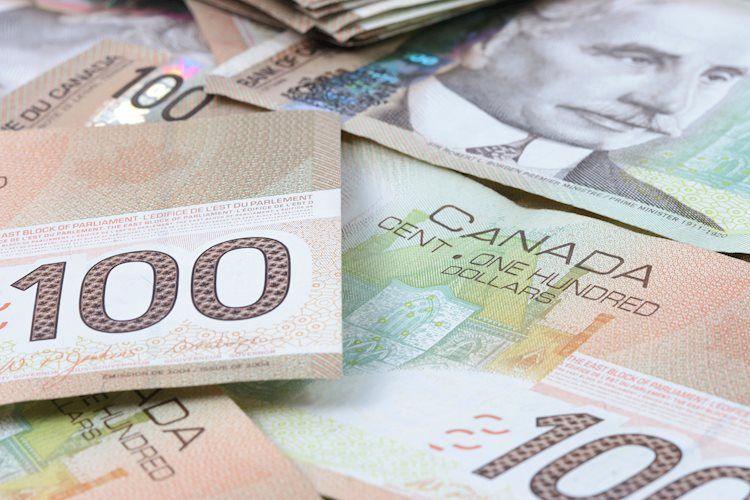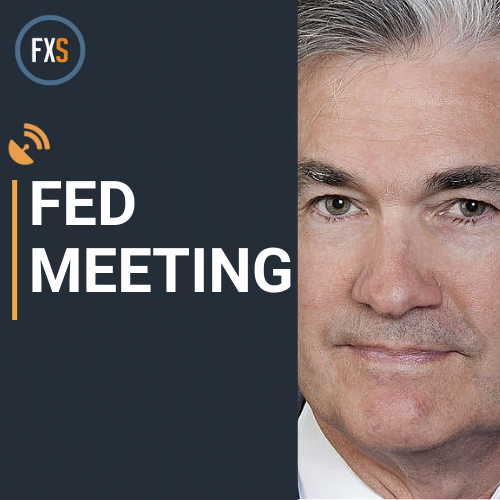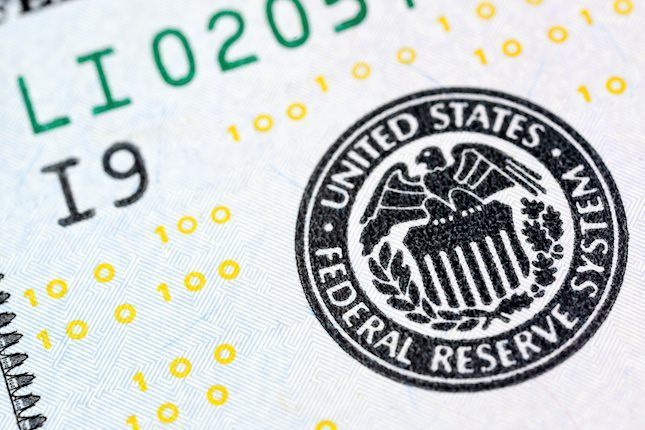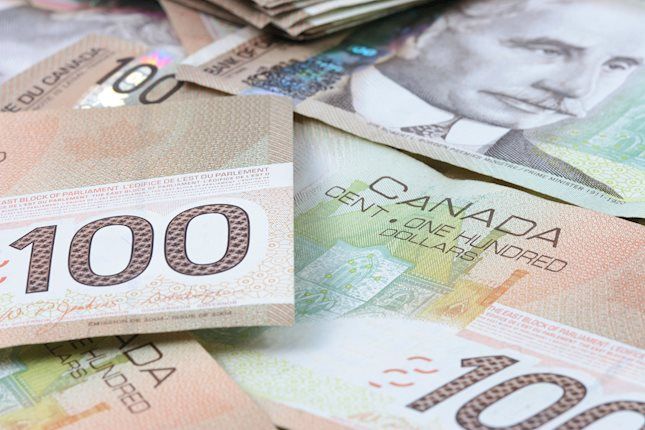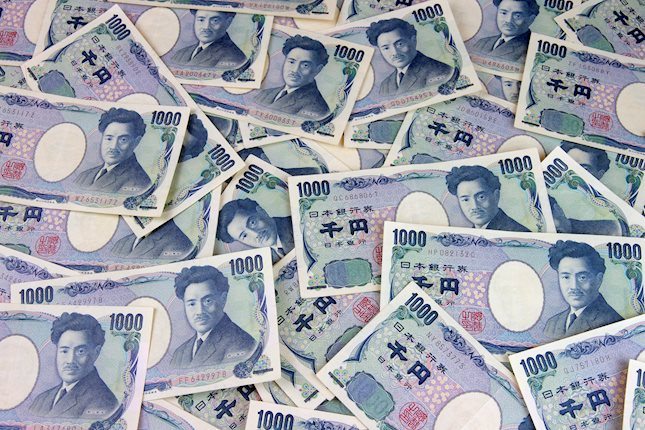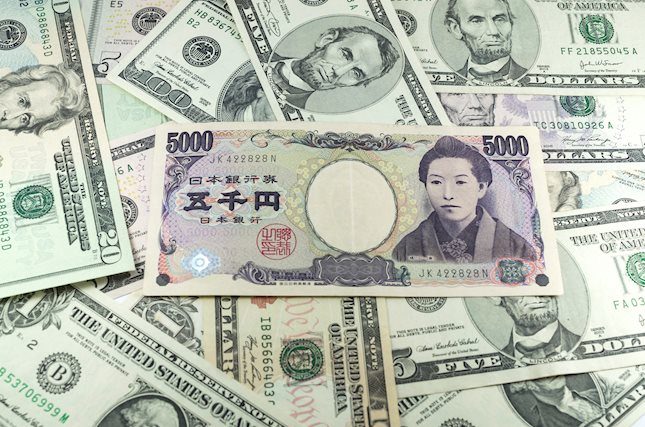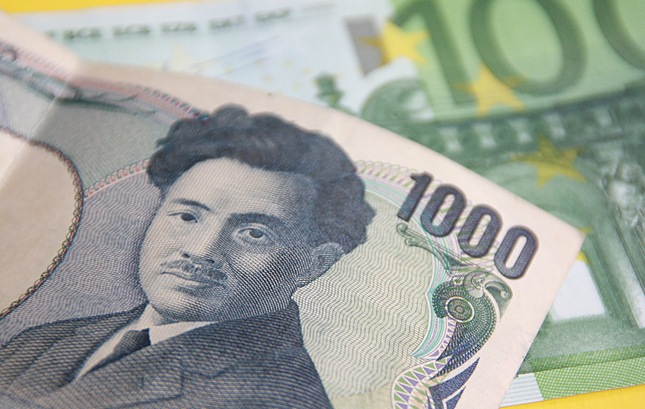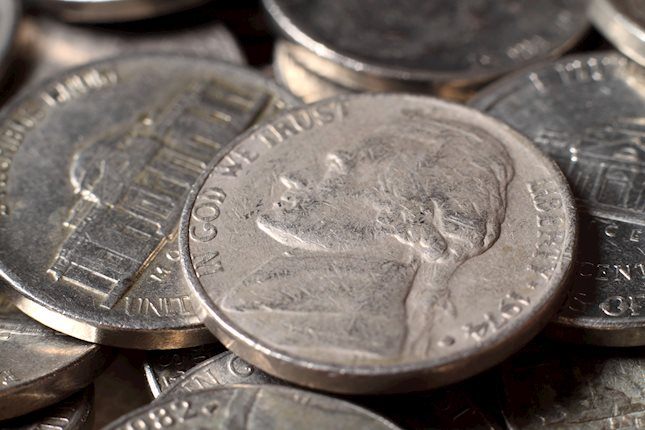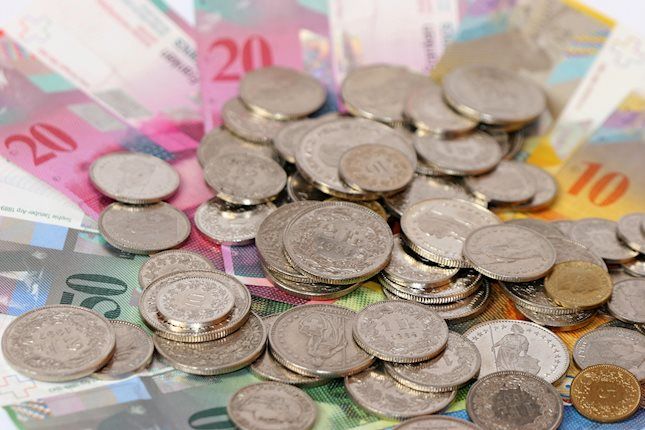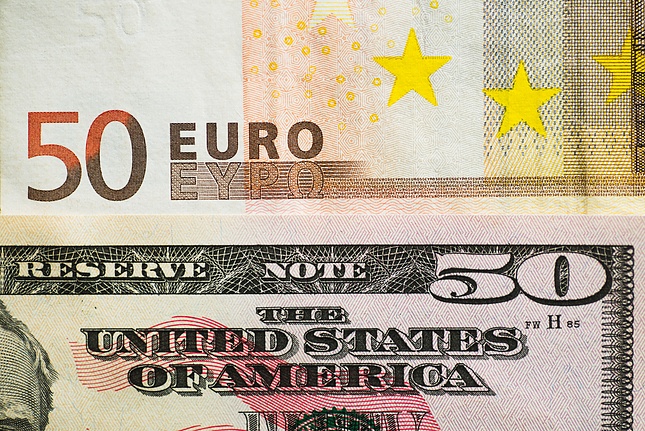Canadian Dollar gives away earlier gains on hawkish Fed and strong US data
- Upbeat US data and hawkish comments by Fed members Williams and Bostic throw a spanner on Canadian Dollar’s recovery
- US Initial Jobless Claims and housing data endorse belief in strong labor market, hot inflationary trends.
- USD/CAD pullback loses steam right above 1.3730 support area.
The Canadian Dollar (CAD) has given away previous gains and is practically unchanged on the daily chart, as the US Dollar bounced up on Thursday's New York session. Strong US macroeconomic data and hawkish comments from Federal Reserve (Fed) policymakers have supported the USD.
Fed’s Williams has reiterated the idea that there is no urgency to rate cuts, putting the brakes on the Canadian Dollar’s appreciation. Somewhat later, Atlanta Fed CEO, Raphael Bostic warned that the easing cycle will not start until the end of the year, providing further support to the US Dollar.
Earlier on Thursday, US Initial Jobless Claims remained steady at relatively low levels last week. At the same time, the Philadelphia Fed Manufacturing Survey posted its best reading in a year, adding to the evidence of the strong US economic momentum. US Existing Home Sales declined in March although their median price jumped 4.8% over the last twelve months, suggesting an inflationary contribution to the Consumer Price Index (CPI).
Daily digest market movers: USD/CAD finds support on the back of strong US data
- Canadian Dollar is flat on Thursday, as higher US yields have buoyed the US Dollar to regain all the ground lost during Thursday's Asian and European sessions.
- US Weekly Jobless Claims remain steady at 212K in the week of April 12, against expectations of an increase to 215K.
- Philadelphia Fed Manufacturing Survey has increased to a 15.5 reading in April from 3.2 in March. The market had anticipated a decline to 1.5.
- Existing Home Sales declined 4.3% in March after a 9.5% increase in February, although these data have been offset by the 4.8% yearly increment of the median sales price.
- Fed’s Williams has stuck to the line that Fed decisions will be data-driven, reiterating that there is no rush to cut interest rates.
- Fed's Bostic affirmed that the pathway to the 2% inflation rate is slow and hat the bank will not be able to cut rates until year-end.
- On Wednesday, US Beige Book reflected steady economic growth combined with sticky inflation expectations, a combination that has prompted investors to dial down Fed easing bets.
Canadian Dollar price this week
The table below shows the percentage change of Canadian Dollar (CAD) against listed major currencies this week. Canadian Dollar was the strongest against the Japanese Yen.
| USD | EUR | GBP | CAD | AUD | JPY | NZD | CHF | |
| USD | 0.01% | 0.19% | 0.12% | 0.84% | 0.87% | 0.72% | -0.22% | |
| EUR | 0.00% | 0.17% | 0.13% | 0.83% | 0.86% | 0.70% | -0.24% | |
| GBP | -0.20% | -0.17% | -0.05% | 0.65% | 0.69% | 0.53% | -0.42% | |
| CAD | -0.14% | -0.12% | 0.04% | 0.70% | 0.74% | 0.58% | -0.37% | |
| AUD | -0.85% | -0.84% | -0.67% | -0.71% | 0.04% | -0.13% | -1.08% | |
| JPY | -0.86% | -0.87% | -0.67% | -0.73% | -0.03% | -0.13% | -1.11% | |
| NZD | -0.69% | -0.69% | -0.53% | -0.56% | 0.16% | 0.18% | -0.93% | |
| CHF | 0.23% | 0.24% | 0.41% | 0.36% | 1.06% | 1.09% | 0.94% |
The heat map shows percentage changes of major currencies against each other. The base currency is picked from the left column, while the quote currency is picked from the top row. For example, if you pick the Euro from the left column and move along the horizontal line to the Japanese Yen, the percentage change displayed in the box will represent EUR (base)/JPY (quote).
Technical analysis: USD/CAD in corrective pullback with bears looking at 1.3730 support area
The broader US Dollar trend remains positive, although the pair is going through a corrective pullback from overbought levels. Technical indicators are showing a moderate bearish momentum although the pair has stalled right above the 1.3730 support area, following a five-day rally.
A deeper reversal below the mentioned 1.3730 level might find support at the 38.2% Fibonacci retracement level of April’s rally at 1.3705 and at 1.3660. On the upside, the immediate resistance is at 1.3845. Resistances are at 1.3784 and 1.3845.
USD/CAD 4-hour Chart

Interest rates FAQs
Interest rates are charged by financial institutions on loans to borrowers and are paid as interest to savers and depositors. They are influenced by base lending rates, which are set by central banks in response to changes in the economy. Central banks normally have a mandate to ensure price stability, which in most cases means targeting a core inflation rate of around 2%. If inflation falls below target the central bank may cut base lending rates, with a view to stimulating lending and boosting the economy. If inflation rises substantially above 2% it normally results in the central bank raising base lending rates in an attempt to lower inflation.
Higher interest rates generally help strengthen a country’s currency as they make it a more attractive place for global investors to park their money.
Higher interest rates overall weigh on the price of Gold because they increase the opportunity cost of holding Gold instead of investing in an interest-bearing asset or placing cash in the bank. If interest rates are high that usually pushes up the price of the US Dollar (USD), and since Gold is priced in Dollars, this has the effect of lowering the price of Gold.
The Fed funds rate is the overnight rate at which US banks lend to each other. It is the oft-quoted headline rate set by the Federal Reserve at its FOMC meetings. It is set as a range, for example 4.75%-5.00%, though the upper limit (in that case 5.00%) is the quoted figure. Market expectations for future Fed funds rate are tracked by the CME FedWatch tool, which shapes how many financial markets behave in anticipation of future Federal Reserve monetary policy decisions.
Forex News
Keep up with the financial markets, know what's happening and what is affecting the markets with our latest market updates. Analyze market movers, trends and build your trading strategies accordingly.
